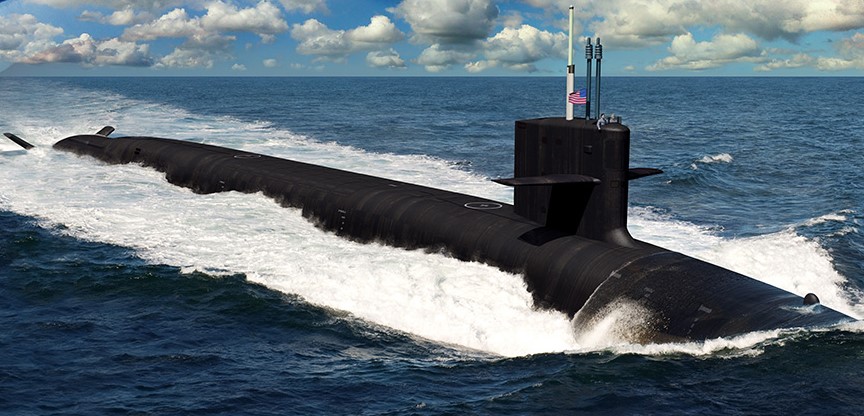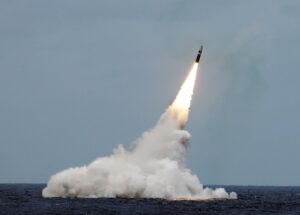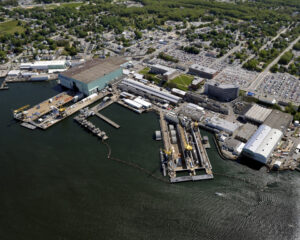Navy Rushes To Check Contractors After Submarine ‘Debacle’
Posted on
WASHINGTON: The Navy is unhappy with its primary submarine builder, Electric Boat, and will pay closer attention to their work on its top priority program, the $128 billion Columbia-class nuclear missile sub, after a costly mistake on ballistic missile tubes almost passed undetected.
Speaking at the annual Naval Submarine League conference on Wednesday, George Drakeley, the civilian in charge of the Navy’s submarine programs called the incident a “debacle,” adding that fixing the issue is “ramping up is going to be harder than we thought.”
The problem also affects the Royal Navy’s new Dreadnought-class submarines, which use the same Common Missile Compartment as the American Columbia.
Over the summer, contractor BWX discovered the welding problems on the missile tubes and notified Electric Boat, leading to a halt to the installation of the missile tubes. The company admitted this week that the faulty work will cost $27 million to fix over the course of the next year.
The Navy however, says that despite the extra work, the schedule to complete the first boat remains on schedule to begin construction in 2021. That deadline has no room to slip because the Cold War era Ohio-class subs will start reaching 42 years of age, an unprecedented service life for submarines and too old to safely patrol at crushing depths.
Once the issue with the welds was found, the Navy kicked off a new round of inspections in September, Capt. Jonathan Rucker, the Navy officer overseeing the program, said Wednesday. The service has sent 12-person teams in to conduct “intrusive inspections” on the tubes and other parts of the submarine to ensure that the Electric Boast and its subcontractors have done the job properly.
Rucker told reporters that the Navy had not been in the habit of checking the contractor’s work as closely as they should have. The dearth of new submarine construction in recent years and the subsequent loss of skilled workers, he said, led to some slippage in quality.
In the wake of the missile tube mess, he said his office is running through detailed inspections of all missile tube contractors, along with the nine subcontractors working on the tubes.
In one of the Navy’s most candid comments to date on the issue, Drakeley said essentially that the Navy took its eye off the ball. “The thing we missed is there was a foundational assumption we all make (about the competence of Electric Boat’s vendors),” he said, but “we didn’t verify that the vendor was doing what they said they were going to do, and they didn’t.”
President and CEO of BWX Technologies Rex Geveden told financial analysts during a Wednesday conference call that the fixes might not be finished until the summer of 2019, as “inspection efforts and rework effort was more substantial than previously believed.”
Appearing before Rucker at the Navy Submarine League conference, Electric Boat president Jeffrey Geiger said that at this point, “we well understand the causes of the relevant defects and we’ve developed with the suppliers protocols that prepare them as necessary and minimize the potential impact to schedule as a result.”
He also admitted that Electric Boat needs to change “inspections and quality control practices at the supplier,” along with the things that come up for regular review both at his company and among its suppliers.
The 12-hull, $128 billion Columbia class program is the Navy’s cornerstone project not only for a new class of submarines, but also for the United States’ nuclear triad, which relies on a mix of air, land, and sea-launched nuclear missiles.
Adm. James Frank Caldwell, director of Naval Nuclear Propulsion, told the conference that the Columbia ballistic-missile submarines were “the only survivable component” of the triad and is slated to shoulder 70 percent of the warheads allowed by the New Start treaty with Russia.
Subscribe to our newsletter
Promotions, new products and sales. Directly to your inbox.



